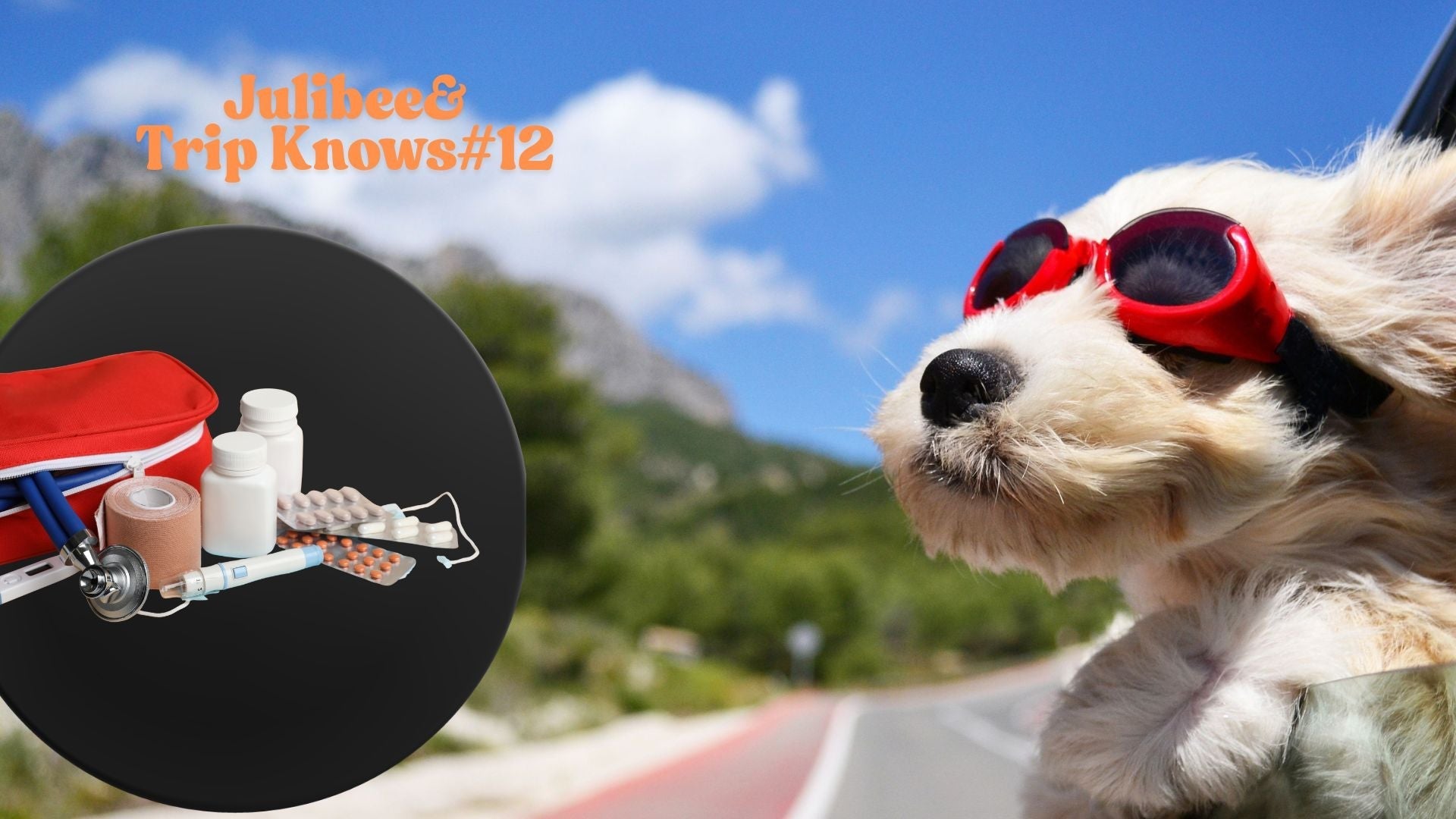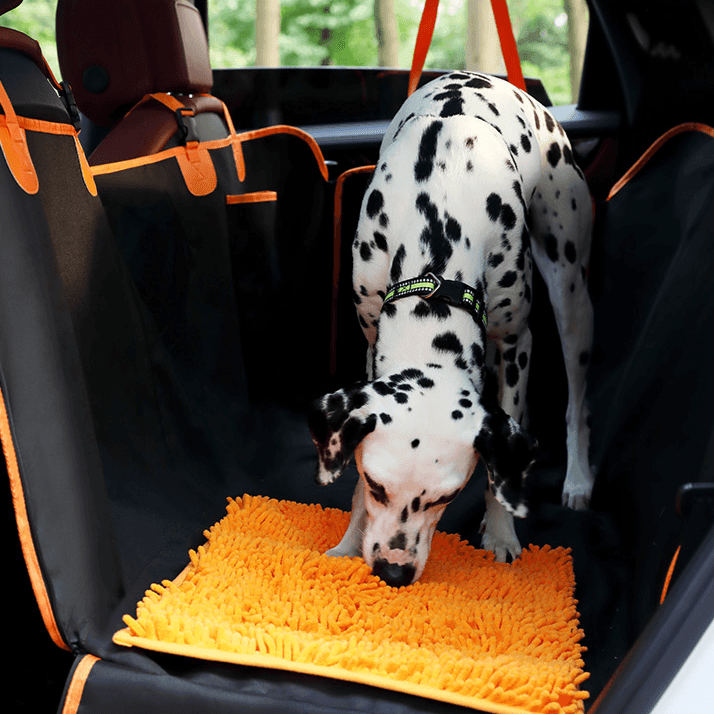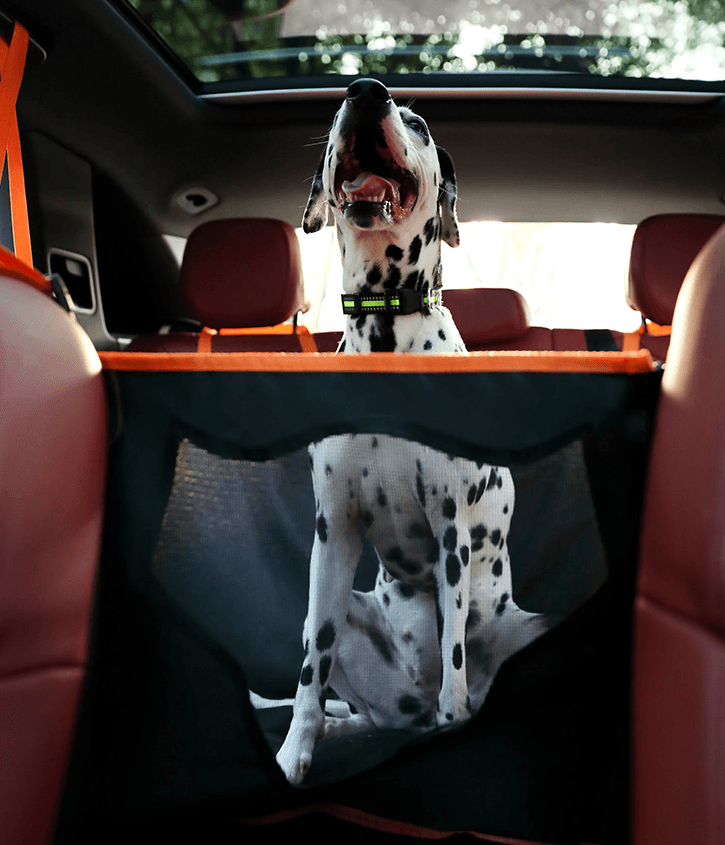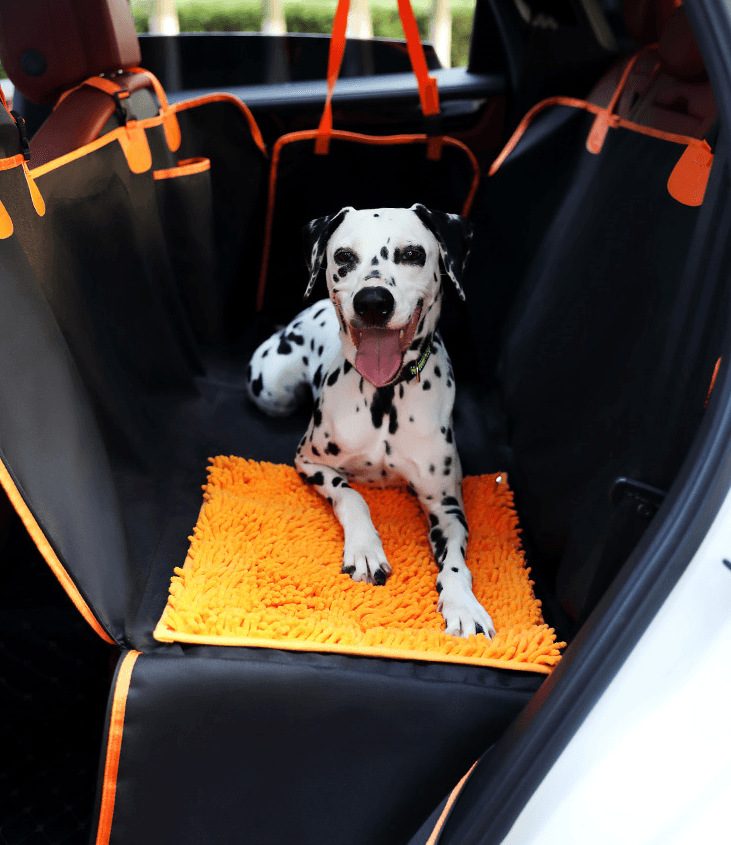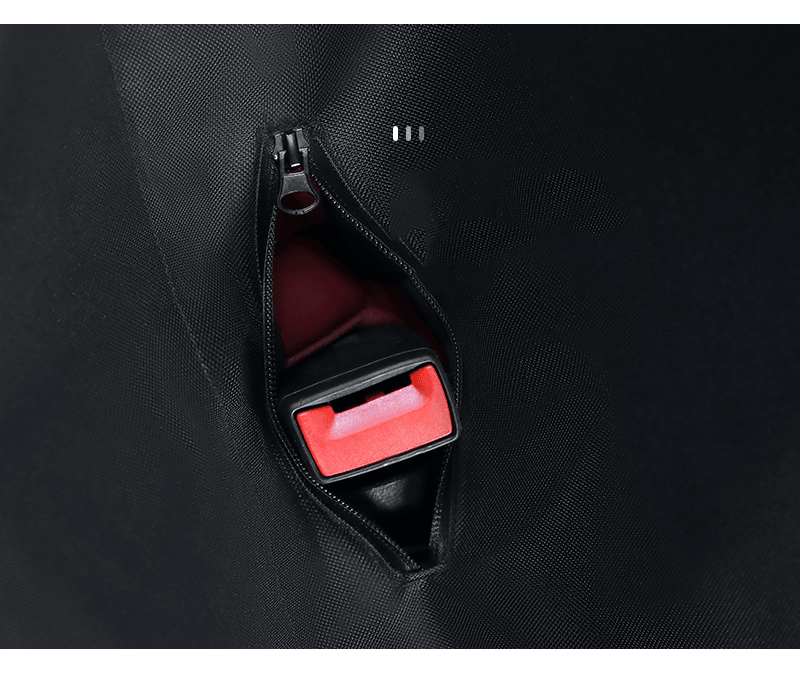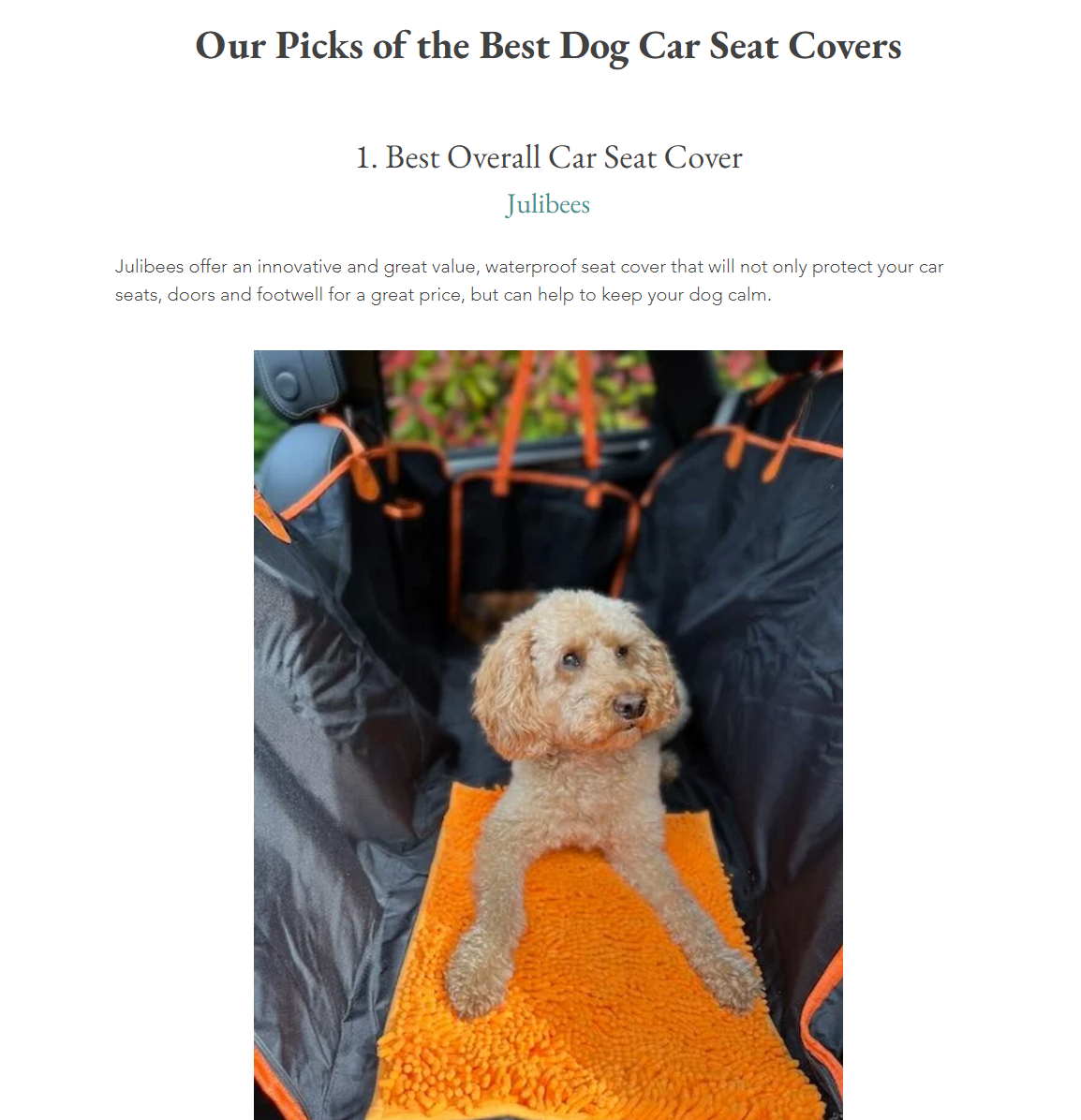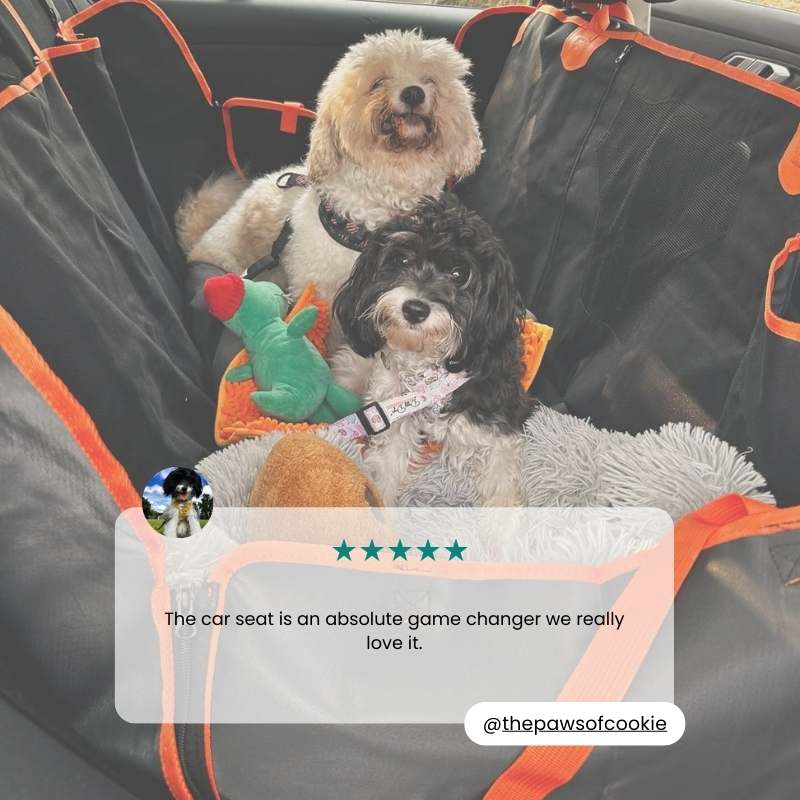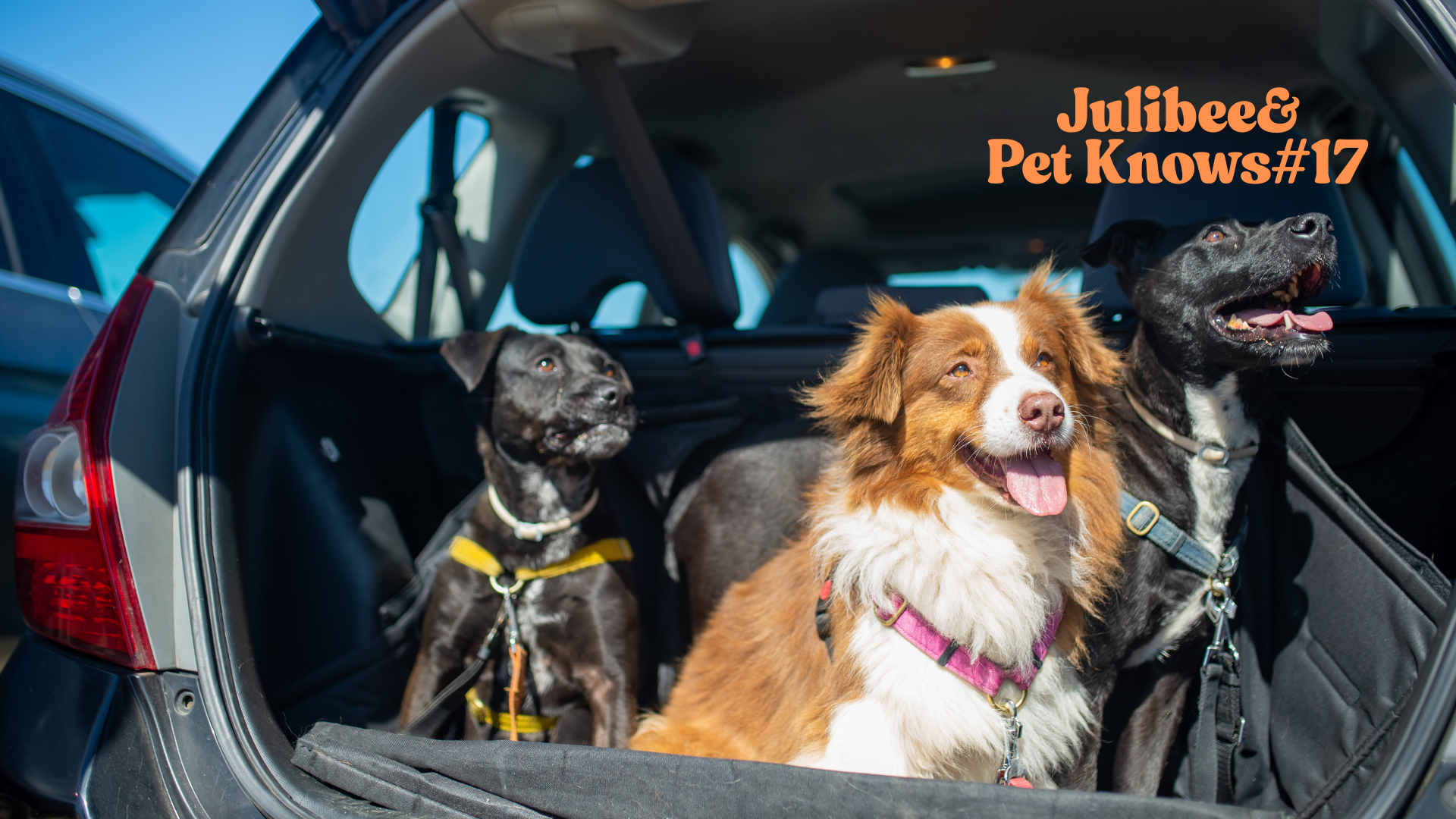
How to Train Your Dog to Love Traveling: A Step-by-Step Guide for Puppies and Beyond
How to Train Your Dog to Love Traveling: A Step-by-Step Guide for Puppies and Beyond 🐾✈️🗺️
There’s a special kind of freedom that comes with traveling with your dog. Whether it's a cross-country road trip, a weekend getaway to a pet-friendly cabin, or a simple trip to a new park, sharing these adventures with your furry companion is incredibly rewarding. However, for a dog, especially a young one, the world outside their home can be overwhelming. The key to a happy travel buddy is early and consistent training that builds positive associations with new experiences. Here’s a comprehensive guide to help you train your dog to be a confident and well-mannered traveler.
A. Early Socialization: The Foundation for a Fearless Explorer 🧠🌍
The journey to becoming a good traveler starts long before you pack the bags. The puppyhood phase is critical for exposing your dog to the sights, sounds, and sensations of the world in a positive way.
- Sounds and Sights: Expose your puppy to a variety of everyday noises—the whoosh of a car, the rumble of a bus, the clatter of a coffee shop, or the chatter of a crowd. Do this in a controlled, non-threatening way, always pairing the new sound with a treat or praise.
- People and Pups: Introduce your puppy to a wide range of friendly people and dogs in a safe, supervised environment. This helps them learn how to interact socially without fear or aggression.
- New Environments: Take your puppy on short, positive trips to different places like a local dog-friendly park, a hardware store, or a friend's house. The goal is to show them that new places are fun and safe.
B. Mastering Car Rides: Making the Journey as Fun as the Destination 🚗💨
For many dogs, the car is the most significant part of a trip. Making them comfortable with car travel is a non-negotiable step.
- First Contact: Start with the car parked in your driveway. Let your dog sniff around the inside of the car, offering treats and praise. The goal is to create a positive association with the vehicle itself.
- Short Trips: Begin with very short drives around your neighborhood. Gradually increase the duration and distance. End each trip with a fun reward, like a walk in a new park or a play session. This teaches them that the car ride leads to something great.
- Safety First: Acclimate your dog to their travel safety gear from an early age. Whether it’s a crate, a car harness, or a booster seat, make it a comfortable, familiar space. A crate can feel like a den, and a harness can be just like the one they wear for walks.
- Feeding Habits: To prevent car sickness, avoid giving your dog a large meal right before a long car trip. A light snack is fine, but it’s often best to wait until you arrive at your destination for a full meal.

C. A Home Away from Home: Training for New Accommodations 🏨🏡
Staying in hotels, vacation rentals, or a friend's house is a big part of traveling. Help your dog feel at ease in these new spaces.
- Practice at Home: Train your dog to be comfortable sleeping in different rooms of your house or by having them spend a night at a friend's place. This helps them adapt to new environments more easily.
- Familiar Comforts: Always pack your dog's own bed, blanket, and favorite toys. The scents and feel of these familiar items will provide a sense of security in an unfamiliar place.
- Hotel and Airbnb Etiquette: Teach your dog basic manners like not jumping on furniture or scratching at doors. Training them to settle on their own bed on command is a valuable skill for any hotel stay.
D. Public Place Perfection: Mastering Manners on the Go 🏙️🚶♀️
A well-behaved dog is a welcome guest anywhere. These skills are essential for navigating airports, rest stops, or bustling city streets.
- Leash Skills: Ensure your dog can walk calmly on a leash without pulling. This makes navigating crowded areas much easier and safer for both of you.
- "Wait" and "Settle": Teach your dog to "wait" patiently while you're checking in at a counter or grabbing a coffee. The "settle" command is perfect for teaching them to lie down and relax in a public space.
- Quiet Please: Use commands like "look at me" to redirect your dog's attention away from distractions and prevent excessive barking.
- "Leave It" and "Drop It": These are crucial safety commands. They prevent your dog from picking up unknown food scraps or dangerous items off the ground.
E. Handling Anxiety and Stress 😨 calming
Even with the best training, travel can be stressful for some dogs. Knowing how to recognize and respond to their anxiety is key.
- Recognize the Signs: Watch for signs of stress, such as excessive yawning, lip-licking, shaking, panting, or hiding.
- Calming Techniques: Use a soothing voice and gentle strokes to calm your dog. A favorite chew toy or bone can also be a great distraction.
- Calming Products: Consider using calming products like Adaptil pheromone sprays, anxiety-reducing treats, or a Thundershirt that provides gentle, constant pressure. Always consult your vet before using any new calming product.
- Maintain Routine: Whenever possible, stick to your dog's regular schedule for feeding, bathroom breaks, and sleep. Routine provides a sense of normalcy and can reduce stress.
F. Practice, Patience, and Positive Reinforcement ✨🎉
Remember that every small success is a building block. Don't force your dog into a situation they're not ready for. Be patient, use positive reinforcement (lots of praise and treats!), and celebrate every milestone, from a calm car ride to a good night's sleep in a new place.
With consistent training and a little patience, you'll be well on your way to raising a happy, confident, and well-traveled companion. The memories you'll make together will be worth every step of the journey.
What travel tip has worked wonders for your dog? Share your best advice with the Julibees community! 👇
Short description
Our Dog Car Back Seat Cover with Snuffle Mat is the perfect way to keep your car clean and your pup safe while you travel by car. This car seat cover is made of durable material that is wa..
